Year Published
2009
Abstract
Employment centers are familiar features of
major metropolitan areas—instead of a single
“downtown,” there are several, sometimes
numerous, concentrations of substantial economic
activity and, hence, employment (Giuliano et al 2007,
McMillan and MacDonald 1997, Redfearn 2007). For
local policymakers, it is useful to understand the forces
that lead to growth in employment centers, and much
theoretical work has been devoted to the subject. In
the standard theory, growth of employment centers is
explained on the basis of scale economies in production,
also known as “agglomeration economies” (see, for
example, Mills 1967 and Fujita 1989). Specifically,
firms accrue a variety of benefits, both pecuniary and
technological, by locating close to other firms, such as
access to a large skilled labor pool, knowledge spillovers,
and input sharing. In addition, employment center
growth is facilitated by good access to transport facilities,
including expressway networks (regional access) and
airports (national and international access). At the
same time, some of the benefits of agglomeration are
offset by its disadvantages, such as congestion. These
determinants of employment center growth proposed by
theory, however, are not sufficient to explain the growth
of employment centers at particular locations within a
metropolitan region; for example, employment centers
do not grow at all locations with good labor force and
transport network access.
major metropolitan areas—instead of a single
“downtown,” there are several, sometimes
numerous, concentrations of substantial economic
activity and, hence, employment (Giuliano et al 2007,
McMillan and MacDonald 1997, Redfearn 2007). For
local policymakers, it is useful to understand the forces
that lead to growth in employment centers, and much
theoretical work has been devoted to the subject. In
the standard theory, growth of employment centers is
explained on the basis of scale economies in production,
also known as “agglomeration economies” (see, for
example, Mills 1967 and Fujita 1989). Specifically,
firms accrue a variety of benefits, both pecuniary and
technological, by locating close to other firms, such as
access to a large skilled labor pool, knowledge spillovers,
and input sharing. In addition, employment center
growth is facilitated by good access to transport facilities,
including expressway networks (regional access) and
airports (national and international access). At the
same time, some of the benefits of agglomeration are
offset by its disadvantages, such as congestion. These
determinants of employment center growth proposed by
theory, however, are not sufficient to explain the growth
of employment centers at particular locations within a
metropolitan region; for example, employment centers
do not grow at all locations with good labor force and
transport network access.
Research Category


